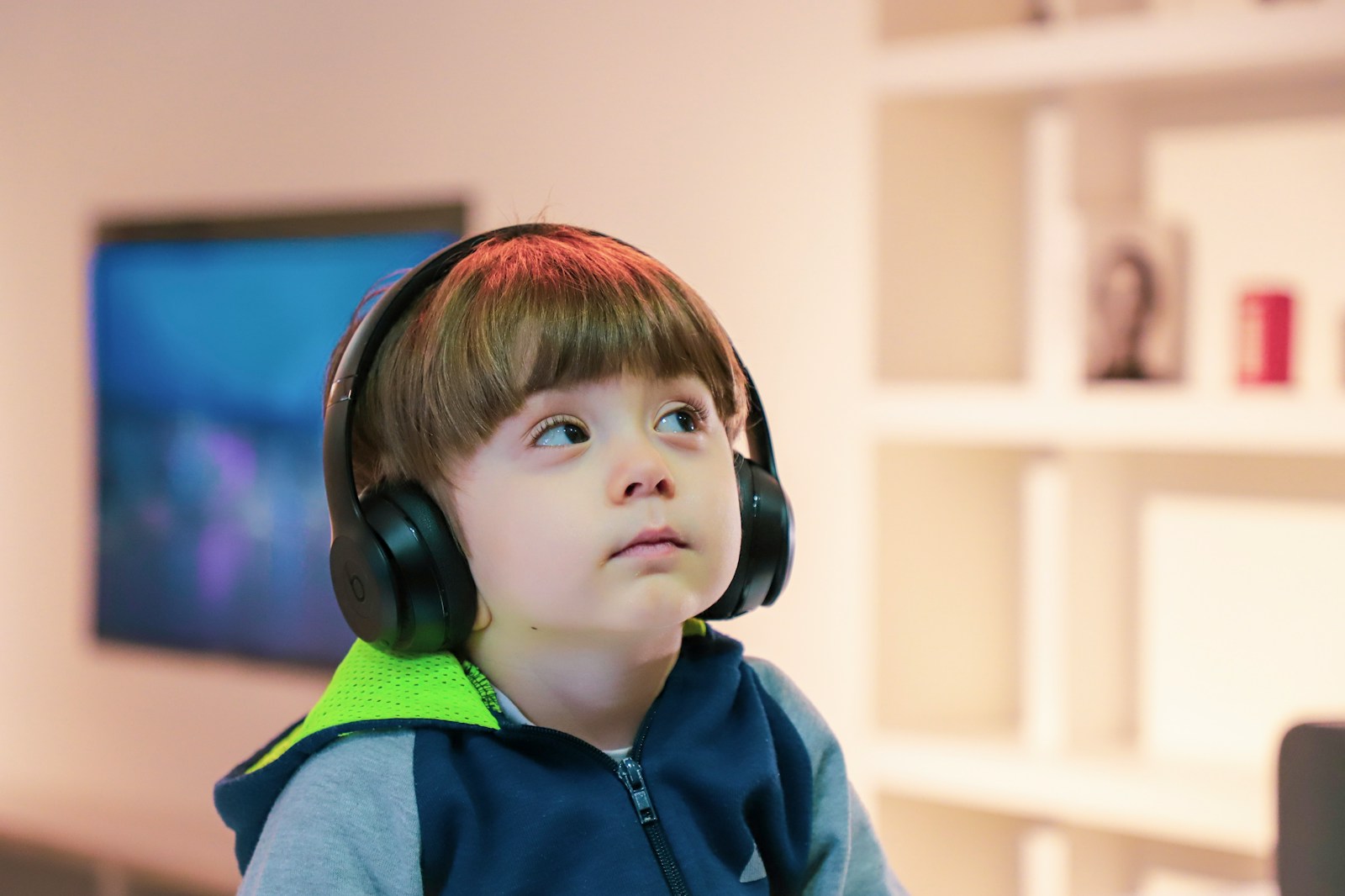Pathological Demand Avoidance (PDA) presents unique social communication challenges for adolescents and adults navigating the complexities of social interaction. While individuals with PDA possess strengths and abilities, their difficulties in understanding and responding to social cues can hinder their social integration and relationships. By recognizing these hurdles and implementing targeted strategies, it’s possible to support adolescents and adults with PDA in overcoming social communication obstacles and fostering meaningful connections.
Understanding Social Communication Hurdles in PDA:
- Individuals with PDA often struggle with interpreting nonverbal cues, such as body language, facial expressions, and tone of voice.
- They may have difficulty understanding the perspectives and intentions of others, leading to challenges in empathy and social reciprocity.
- PDA individuals may also exhibit difficulties in initiating and maintaining conversations, as well as interpreting social nuances and implicit social rules.
Strategies for Overcoming Social Communication Challenges:
- Explicit Communication: Employing clear and direct communication can help bridge the gap in understanding for individuals with PDA. Using straightforward language and avoiding ambiguous or abstract concepts can enhance comprehension.
- Visual Supports: Visual aids, such as social stories, visual schedules, and cue cards, can provide concrete information and support understanding of social situations and expectations.
- Structured Social Skills Training: Participating in structured social skills training programs can provide opportunities for individuals with PDA to learn and practice social interaction strategies in a supportive environment.
- Role-Playing and Modeling: Engaging in role-playing exercises and observing modeled social interactions can help individuals with PDA learn and internalize appropriate social behaviors.
- Flexibility and Patience: Recognizing that social communication progress may be gradual and non-linear is essential. Practicing patience and offering gentle guidance and encouragement can foster confidence and motivation.
Building Supportive Environments:
- Creating supportive environments that accommodate the unique social communication needs of individuals with PDA is essential.
- Encouraging understanding and acceptance among peers, family members, and colleagues can foster a sense of belonging and reduce feelings of isolation.
- Providing opportunities for social interaction in structured and predictable settings can help individuals with PDA feel more comfortable and confident in social situations.
Promoting Self-Advocacy and Empowerment:
- Empowering adolescents and adults with PDA to advocate for their own needs and preferences is crucial.
- Teaching self-awareness skills and helping individuals identify their strengths and challenges can foster self-advocacy and independence.
- Encouraging individuals with PDA to communicate their preferences, boundaries, and concerns openly can facilitate positive social interactions and relationships.
Conclusion:
- Overcoming social communication hurdles in adolescents and adults with Pathological Demand Avoidance requires a combination of understanding, targeted strategies, and supportive environments.
- By recognizing the unique challenges faced by individuals with PDA and implementing appropriate interventions, it’s possible to foster social communication skills and facilitate meaningful connections and relationships.
- Embracing neurodiversity and promoting acceptance and inclusion can create a more supportive and understanding society for individuals across the autism spectrum.




